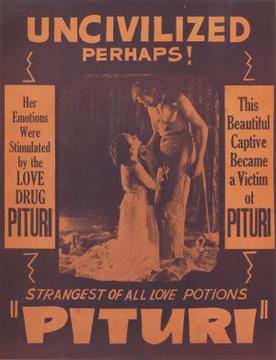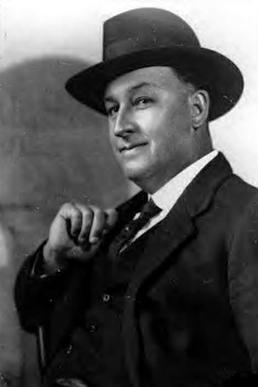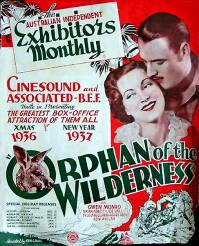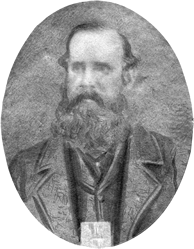
Cinesound Productions Pty Ltd was an Australian feature film production company. Established in June 1931, Cinesound developed out of a group of companies centred on Greater Union Theatres that covered all facets of the film process, from production to distribution and exhibition. Cinesound Productions established a film studio as a subsidiary of Greater Union Theatres Pty Ltd based on the Hollywood model. The first production was On Our Selection (1932), which was an enormous financial success.
Bernard Knowles was an English film director, producer, cinematographer and screenwriter. Born in Manchester, Knowles worked with Alfred Hitchcock on numerous occasions before the director emigrated to Hollywood.

John Longden was a British film actor. He appeared in more than 80 films between 1926 and 1964, including six films directed by Alfred Hitchcock.

Uncivilised is a 1936 Australian film directed by Charles Chauvel. It was an attempt by Chauvel to make a more obviously commercial film, and was clearly influenced by Tarzan.

Raymond Longford was a prolific Australian film director, writer, producer, and actor during the silent era. Longford was a major director of the silent film era of the Australian cinema. He formed a production team with Lottie Lyell. His contributions to Australian cinema with his ongoing collaborations with Lyell, including The Sentimental Bloke (1919) and The Blue Mountains Mystery (1921), prompted the Australian Film Institute's AFI Raymond Longford Award, inaugurated in 1968, to be named in his honour.

Constance Worth was an Australian actress who became a Hollywood star in the late 1930s. She was also known as Jocelyn Howarth.
Independent Theatre, formerly known as The Independent Theatre Ltd., was an Australian dramatic society founded in 1930 by Dame Doris Fitton in Sydney, Australia. It is also the name given to the building it occupied from 1939, now owned by Wenona School, in North Sydney, cited as Sydney's oldest live theatre venue.

Orphan of the Wilderness is a 1936 Australian feature film from director Ken G. Hall about the adventures of a boxing kangaroo. It starred Brian Abbot who disappeared at sea not long after filming completed.
It Isn't Done is a 1937 Australian comedy film about a grazier who inherits a barony in England.

Lovers and Luggers is a 1937 Australian film directed by Ken G. Hall. It is an adventure melodrama about a pianist who goes to Thursday Island to retrieve a valuable pearl.

Rangle River is a 1936 Australian Western film directed by Clarence G. Badger based on a story by Zane Grey.
Phantom Gold is a 1937 Australian adventure film about the search for Lasseter's Reef. It was the first feature from director Rupert Kathner.
Typhoon Treasure is a 1938 Australian adventure film directed by Noel Monkman and starring Campbell Copelin, Gwen Munro, and Joe Valli. It is set in New Guinea although shot on the Great Barrier Reef and the Queensland coast. It was Monkman's first dramatic feature film after several years making documentaries.

The Streets of London is a 1934 Australian film directed by F. W. Thring. It was a filmed version of a play by Dion Boucicault which Thring had produced on stage the previous year. It was the last film made by Efftee Film Productions – Thring ceased production afterwards with the aim of resuming it later but died in 1936 before he had the chance.

George Rikard Bell, better known by the stage name Brian Abbot, was an Australian actor best known for playing the male lead in Orphan of the Wilderness (1936) and the circumstances of his death.
When the Kellys Rode is a 1934 Australian film directed by Harry Southwell about Ned Kelly.
Commonwealth Film Laboratories was an Australian production company that operated from 1925 to the 1950s. It was formerly located in Surry Hills, Sydney.

James Turquand Laidley was a pastoralist and Member of the Queensland Legislative Council in the colony of Queensland.

Ventura Tenario, better known by his ring name Chief Little Wolf, was an American professional wrestler, who spent much of his professional career wrestling in Australia and New Zealand.

James Laidley (1786–1835) was a British-born administrator in the colony of New South Wales. He was Deputy Commissary General in Sydney.













